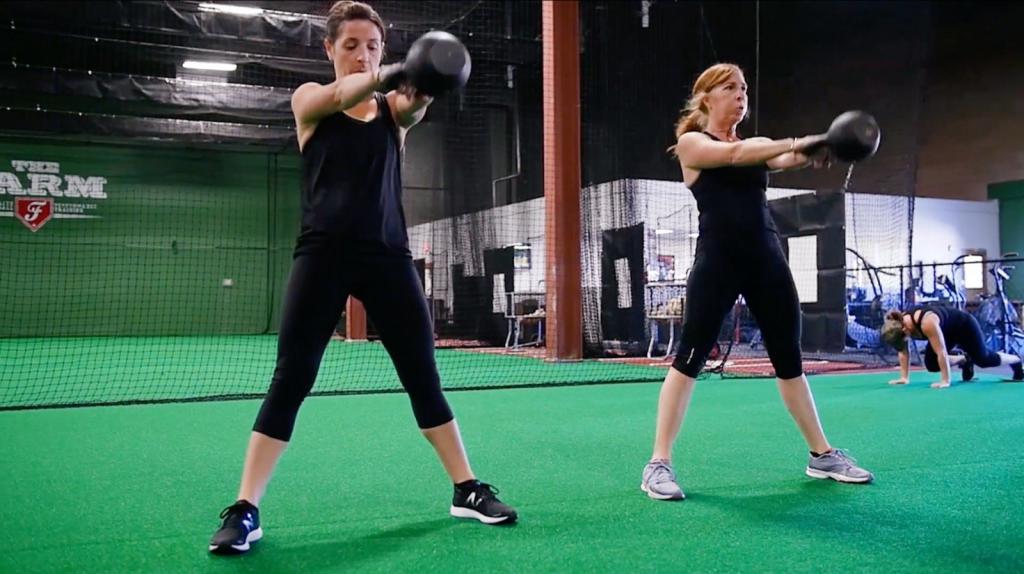In sport, organization and discipline play an important role. Therefore, the process of sports training is a combination of many factors, which are a solid basis for the development of any athlete. It is development, in sports terms, that is the end in itself of training athletes.
Sports training or training
Quite often, the concepts of “sports training” and “sports training” are combined, making them synonymous. But in reality, everything is somewhat different. That is, the first concept is an integral part of the second.
Consider an example: if an athlete performs certain physical exercises, then this is training as a center for sports training. And if an athlete hones his technical skills using video material, then training as such will not be carried out. But the preparation of the athlete will continue anyway.
Thus, it is worth noting that training is part of the training of athletes, but is not its main method.
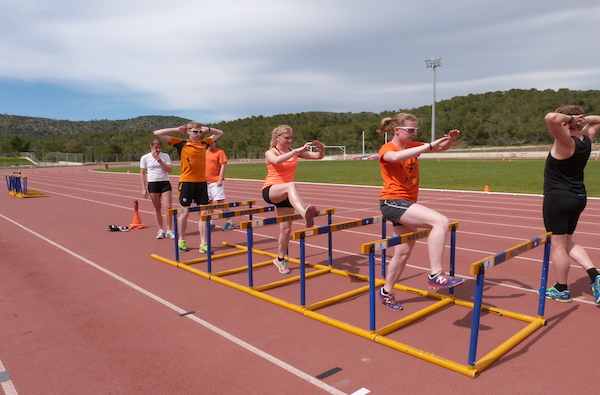
The purpose of sports training
Like any purposeful activity, training an athlete has a specific goal, namely, obtaining the maximum level of physical, tactical, technical and psychological preparedness, within the framework of a particular sport, to achieve high results in competitions.
Sports Training Tasks
To achieve the main goal of sportsman training an athlete is required to complete a number of tasks:
- a high level of theoretical and practical competencies in the framework of a particular sport;
- a high level of physiological preparation and stability of the main body systems that carry the main load in this sport;
- achieving a high level of tactical and technical competence in the selected sport;
- development of psychological preparedness, at the level necessary for the implementation of sports activities, in the selected sport;
- the implementation of integrated training, which includes the integrated interaction of the main types of athlete preparedness in competitive activity.
Facilities
Sports training is a process that is implemented by certain means. These funds characterize this process as a focused physical activity. These include various types of exercise. They are classified according to the necessary sports improvement, namely: those aimed at preparing for competitions, general training of athletes and special-preparatory ones.
Competitive exercises include conditions similar to those of sports competitions, and have fairly high requirements for the level of preparedness of the athlete. This makes this type of exercise not as effective as specially-preparatory, since the second type takes into account the characteristics of a particular sport, and is not aimed at achieving high results during the training.
These exercises are distinguished by their variability and ability to develop various aspects of physical training by using them in different ways. For example, for a track and field athlete, special preparatory exercises will imitate running as the main technical unit of a sport, but at the same time will vary to more successfully achieve the goals of sports training. These will include: running with obstacles, with accelerations along segments of distances, etc.

General preparation exercises, which contribute to the improvement of the general physical form, also occupy their niche in sports training. At a time when special exercises are aimed at developing those sports skills that are inherent in a given sport, general ones contribute to the growth of desired results against the background of strengthening general sports training.
Sports Training Methods
Also, sports training is a combination and methodological distribution of methods. They, in turn, are grouped into three types:
- The acquisition of knowledge.
- The development of motor skills.
- The development of general motor abilities.
The first group includes:
- Oral: explanations, stories, conversations, descriptions.
- Using printed resources: work with textbooks, manuals, cards.
- With the help of visualization: direct visualization (when a demonstration takes place with the active participation of one of the subordinates), indirect visualization (video recordings, drawings, diagrams, etc.) and active methods (with explanations on the example of the participant himself).
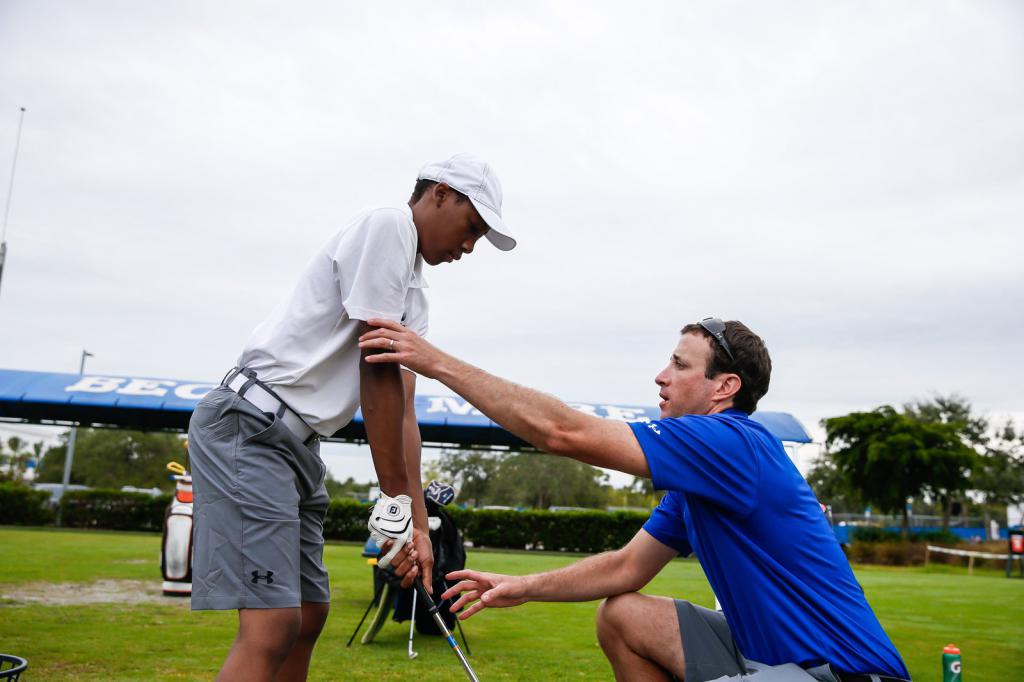
The second group consists of two methods of working on physical exercises: divided and holistic exercise.
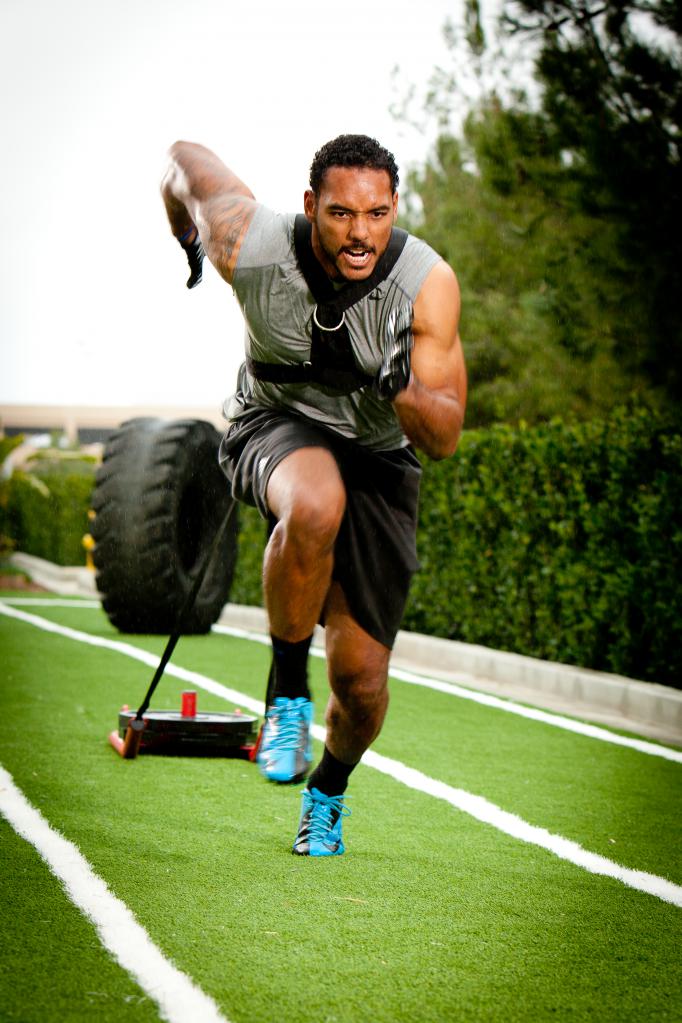
The third group includes:
- repetition method;
- interval method;
- circular repetition method;
- a game;
- variability method;
- uniformity method;
- competition method.
Conditions for sports training
Like any other activity, sports training has a list of its own, necessary for the successful achievement of the goal, conditions. These include:
- appropriate environmental conditions;
- simplest structures on the ground;
- outdoor sports facilities;
- indoor sports facilities;
- sports centers and bases.
Athlete Training Stages
According to generally accepted standards of sports training, its main stages are determined, which are aimed at many years of activity. Main steps:
- primary or sports and fitness;
- initial sports training;
- training;
- improving sportsmanship;
- stage of higher sportsmanship.
Types of sports training
Athlete training is a complex pedagogical process, which includes many factors that, in integrity, contribute to the achievement of the goal. Therefore, 6 types of sports training are shared:
- Theoretical training. The base or center of sports training is made up of all the necessary theoretical knowledge and skills that are necessary for successful physical development within a particular sport.
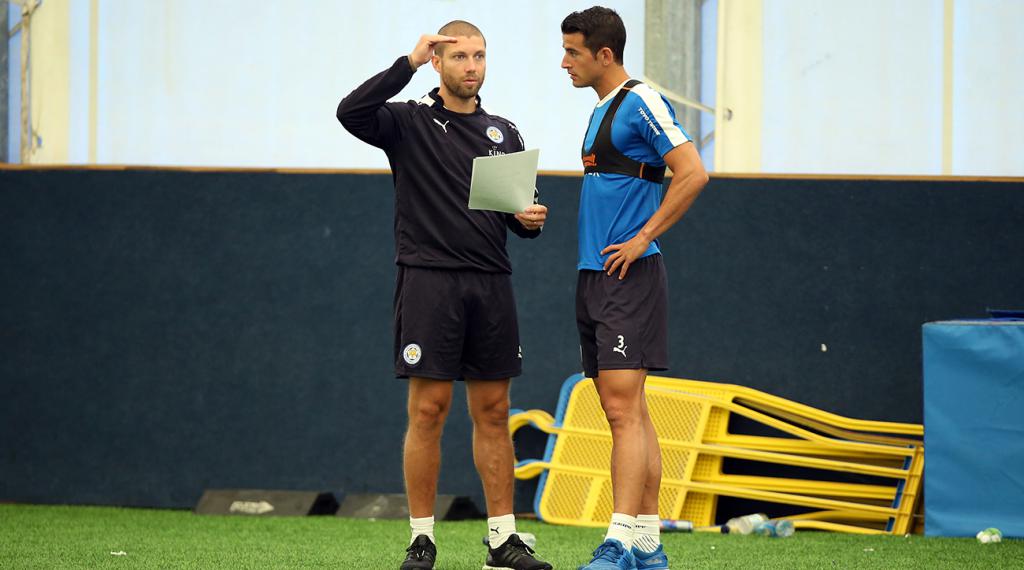
- Physical training. The process of developing physical qualities and functional capabilities of the body, in order to implement the possibility of achieving high sports results.

- Technical training. This type of training involves mastering certain technical skills of the motor activity that are inherent in certain sports.
- Tactical training. This is the process of mastering rational tactical techniques for conducting effective competitive activity. At the same time, special techniques are an integral part of this preparation.
- Psychological training. Sports activities are directly related to psychological pressure. Therefore, the training of an athlete should include the development of stress resistance, his moral and volitional qualities.
- Integral training. Recently, they began to single out another complex type of training athletes. This process is aimed at developing abilities for a varied, but holistic implementation of all the above types of preparation for competitive activity.
It should also be noted that sports training is a focused pedagogical process that must be correctly and methodically correctly organized in terms of alternation and unification of all kinds.
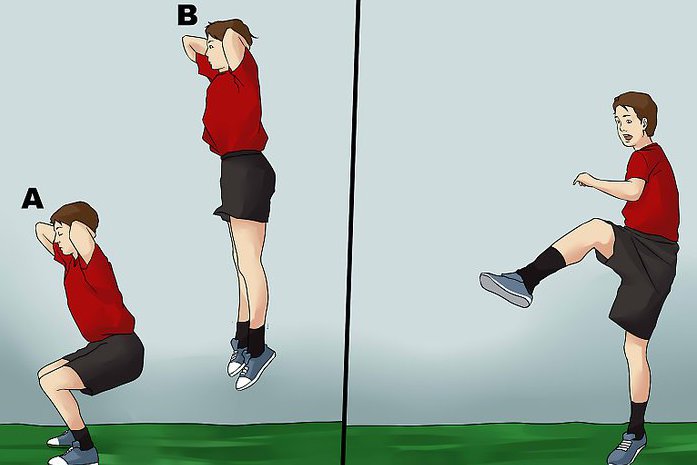
Program
The sports training program is a part and the basis of a long process of preparation for competitive activity in any sport. It provides:
- key concepts and components of all types of athlete training, taking into account the characteristics of a particular sport;
- methodical, theoretical and practical for guiding the process of training athletes;
- features and nuances of control and monitoring the level of development of athletes.
Athlete Training Standards
All the above parts, components and terms related to the specifics of individual sports are regulated at the state level. More precisely, these are the federal standards of sports training, which are a set of minimum requirements for the level of sports training in both Olympic and non-Olympic sports. These requirements must be met by all organizations that provide sports training for athletes in accordance with the relevant laws of the Russian Federation.
Sports activity is the education of spirit and character, which must be properly organized and controlled.
